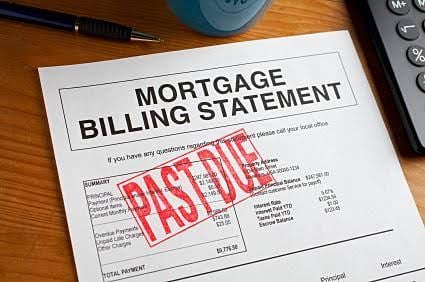The number of mortgage arrears has fallen in a move which surprised analysts at one of the world’s largest ratings agencies.
According to a recent report,
RMBS Arrears Statistics: Australia by S&P Global Ratings, the number of delinquent home loans fell from 1.29% to 1.23% from January to February this year.
“We normally expect arrears to increase month on month in February, reflecting the seasonal effects of Christmas spending and summer holidays. The month-on-month decline was unexpected, particularly at a time of rising interest rates,” the analysts wrote.
Mortgages which were 31 to 60 days in arrears showed the greatest improvement in February after recording the largest increase the month prior. Overall, the greatest improvement in home loan arrears was seen in the major banks which make up over half of all loans outstanding for residential mortgage backed securities (RMBS).
Analysts said the month-on-month decline could mean January’s increase was a result of recent mortgage rate increases.
“Mortgage rate increases can create an initial spike in arrears when first applied, particularly if they are introduced when more borrowers are likely to be on holidays.”
Arrears for non-conforming mortgages rose from 5.25% to 6.19% from January to February while arrears for low-doc loans increased from 5.57% to 5.90% in the same timeframe.
“During more subdued economic periods, borrowers with low-documentation and nonconforming loans are typically more vulnerable to mortgage stress because their refinancing prospects are more limited. We expect the arrears performance of such mortgages to be more volatile because the balances outstanding for these subsectors are now quite small, at less than 2% of total RMBS outstandings.”
State-by-state, February arrears remained level at 1.65% in Queensland. Delinquencies in the ACT increased from 0.78% to 0.81% from January to February while those in Tasmania rose from 1.47% to 1.51% in the same time period. Arrears declined in all other states.
With interest rate rises continuing in the coming months, analysts predict further pressure on vulnerable borrowers with higher loan-to-value ratios or less favourable refinancing prospects (such as those with low-doc or non-conforming loans).
Related stories:
Housing market sentiment at three year high
Rate rises real risk for mortgage holders
Over 85% of customers ahead on mortgage payments


